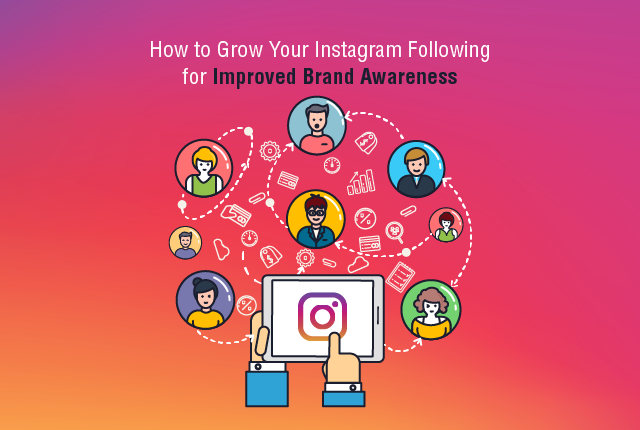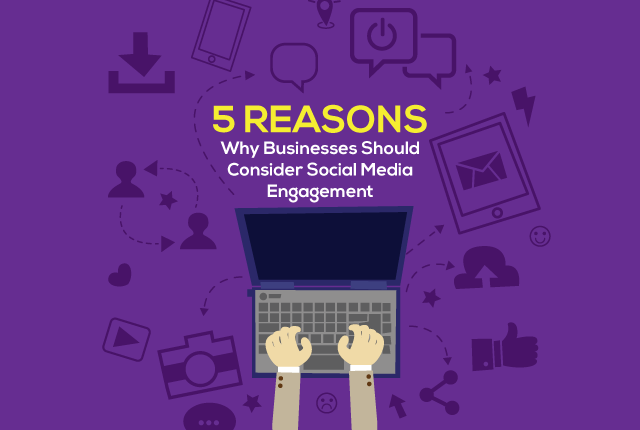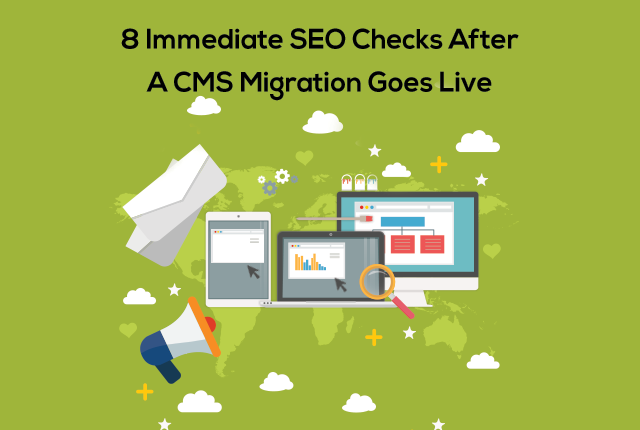Comprehensive Insights on how the CEO engages with Social Media
The study (http://sncr.org/wp-content/uploads/2009/11/New_Symbiosis_Early_Research_Findings_Final_v4.pdf) presented at Harvard University by the “Society For New Communications Research”(http://sncr.org/2009/05/27/2009-symposium-and-awards-gala/ ) in November 2010, was a rather interesting read. I thought that a summary of their findings would be a great backdrop and insight into how the CEO and major decision makers are using social media.
In the survey they asked questions like:
- Are professional networks being utilized by decision-makers in business?
- Is social media typically regarded as a trustworthy source of information for professionals?
- In what ways do professionals rely on social networks to support business decisions?
- Will social media change the business and practice of enterprise-level operations?
The survey was administered online to 356 participants via online survey with close to a quarter (23%) are CEO of their organization, 50% are “Director” or “Manager”.
Company size ranged from less than 100 to over 50,000 full-time employees and age was well distributed with the greatest proportion in the 36-45 range, 25 countries were represented, with 58% of respondents living in the US and all respondents were either the decision makers or influenced the decision process.
So what were the “Key Findings”
- Professional decision-making is becoming more social, traditional influence cycles are being disrupted by Social Media as decision makers utilize social networks to inform and validate decisions.
- Professionals want to be collaborative in the decision-cycle but not be marketed or sold to online, however online marketing is a preferred activity by companies.
- The big three have emerged as leading professional networks: LinkedIn, Facebook & Twitter.
- The average professional belongs to 3-5 online networks for business use, and LinkedIn, Facebook and Twitter are among the top used.
- The convergence of Internet, mobile, and social media has taken significant shape as professionals rely on anywhere access to information, relationships and networks.
- Professional networks are emerging as decision-support tools.
- Decision-makers are broadening reach to gather information especially among active users.
- Professionals trust online information almost as much as information gotten from in-person.
- Information obtained from offline networks still have highest levels of trust with slight advantage over online (offline: 92% – combined strongly/somewhat trust; online: 83% combined strongly/somewhat trust).
- Reliance on web-based professional networks and online communities has increased significantly over the past 3 years.
- Three quarters of respondents rely on professional networks to support business decisions with reliance increasing essentially for all respondents over the past three years.
- Social Media use patterns are not pre-determined by age or organizational affiliation with younger (20-35) and older professionals (55+) are more active users of social tools than middle aged professionals.
- There are more people collaborating outside their company wall than within their organizational intranet.
- Professionals tend to belong to “Multiple Social Networks” for business with Half of respondents report participating in 3 to 5 online professional networks
- Another three in ten participate in 6 or more professional networks
- More than 7% used more than 10 professional networks
- The Big Three Social Networks Have Emerged as Professional Networks, so popular social networks are now being used frequently as professional communities with
- More than nine in ten respondents indicated that they use LinkedIn (91%)
- Half reported using Facebook (51%) and Twitter followed closely with (41%) – The closest next channel only scored 13%. Blogs were frequently listed as ‘professional networks’
- Mobile Is Emerging as a Frequent Professional Networking Access Point with 94% using a PC and 44% using a Mobile.
- Three quarters of respondents visit their social networks at least daily
- Four in ten visit many times each day
- All indicated that their usage has increased over the past three years
- Those who belong to more online professional networks are more likely to visit many times per day
- Small companies are more likely to indicate that they have increased their use significantly
- Professional Networks Are An Increasingly Essential Decision-Support Tool
- Three quarters of respondents rely on professional networks to support business decisions
- Reliance has increased for essentially all respondents over the past three years
- High Levels of Trust Exist in Information Obtained From Online Networks
- Offline is strengthened by online engagement – to extend relationships and collaborate
- Connecting And Collaborating Are Key Drivers For Professional Use of Social Media.
- More than half of respondents expect that in 1-2 years their company will increase social media use to share more content.
- Over half the respondents will increase social media use to do more company-wide communications.
- Changes in Company External Use of Social Media with More than half of respondents foresee more marketing programs and content distribution in the next one to two years.
- Social Media is supplementing the traditional professional decision-making cycle with great affect.
- The era of Social Media Peer Group (SMPG) has arrived and information will travel at a business velocity that has never been seen before enabled by the Internet and Web 2.0 technologies.
- Challenges are facing marketers who endeavour to mange or control social media network content
- Traditional cycles of decision-making are being disrupted by Social Media Peer Group (SMPG)
- Managing and influencing professional decision-making will be the major challenge as professionals often do not seek the information that marketers want to share online
- The greatest opportunity business has is to engage collaborative influence – via immediacy of impact through social channel.
So how are you as CEO using social media?
The study (http://sncr.org/wp-content/uploads/2009/11/New_Symbiosis_Early_Research_Findings_Final_v4.pdf) presented at Harvard University by the “Society For New Communications Research”(http://sncr.org/2009/05/27/2009-symposium-and-awards-gala/ ) in November 2010, was a rather interesting read. I thought that a summary of their findings would be a great backdrop and insight into how the CEO and major decision makers are using social media.
In the survey they asked questions like:
- Are professional networks being utilized by decision-makers in business?
- Is social media typically regarded as a trustworthy source of information for professionals?
- In what ways do professionals rely on social networks to support business decisions?
- Will social media change the business and practice of enterprise-level operations?
The survey was administered online to 356 participants via online survey with close to a quarter (23%) are CEO of their organization, 50% are “Director” or “Manager”.
Company size ranged from less than 100 to over 50,000 full-time employees and age was well distributed with the greatest proportion in the 36-45 range, 25 countries were represented, with 58% of respondents living in the US and all respondents were either the decision makers or influenced the decision process.
So what were the “Key Findings”
1. Professional decision-making is becoming more social, traditional influence cycles are being disrupted by Social Media as decision makers utilize social networks to inform and validate decisions.
2. Professionals want to be collaborative in the decision-cycle but not be marketed or sold to online, however online marketing is a preferred activity by companies.
3. The big three have emerged as leading professional networks: LinkedIn, Facebook & Twitter.
4. The average professional belongs to 3-5 online networks for business use, and LinkedIn, Facebook and Twitter are among the top used.
5. The convergence of Internet, mobile, and social media has taken significant shape as professionals rely on anywhere access to information, relationships and networks.
6. Professional networks are emerging as decision-support tools.
7. Decision-makers are broadening reach to gather information especially among active users.
8. Professionals trust online information almost as much as information gotten from in-person.
9. Information obtained from offline networks still have highest levels of trust with slight advantage over online (offline: 92% – combined strongly/somewhat trust; online: 83% combined strongly/somewhat trust).
10. Reliance on web-based professional networks and online communities has increased significantly over the past 3 years.
11. Three quarters of respondents rely on professional networks to support business decisions with reliance increasing essentially for all respondents over the past three years.
12. Social Media use patterns are not pre-determined by age or organizational affiliation with younger (20-35) and older professionals (55+) are more active users of social tools than middle aged professionals.
13. There are more people collaborating outside their company wall than within their organizational intranet.
14. Professionals tend to belong to “Multiple Social Networks” for business with Half of respondents report participating in 3 to 5 online professional networks
15. Another three in ten participate in 6 or more professional networks
16. More than 7% used more than 10 professional networks
17. The Big Three Social Networks Have Emerged as Professional Networks, so popular social networks are now being used frequently as professional communities with
18. More than nine in ten respondents indicated that they use LinkedIn (91%)
19. Half reported using Facebook (51%) and Twitter followed closely with (41%) – The closest next channel only scored 13%. Blogs were frequently listed as ‘professional networks’
20. Mobile Is Emerging as a Frequent Professional Networking Access Point with 94% using a PC and 44% using a Mobile.
21. Three quarters of respondents visit their social networks at least daily
22. Four in ten visit many times each day
23. All indicated that their usage has increased over the past three years
24. Those who belong to more online professional networks are more likely to visit many times per day
25. Small companies are more likely to indicate that they have increased their use significantly
26. Professional Networks Are An Increasingly Essential Decision-Support Tool
27. Three quarters of respondents rely on professional networks to support business decisions
28. Reliance has increased for essentially all respondents over the past three years
29. High Levels of Trust Exist in Information Obtained From Online Networks
30. Offline is strengthened by online engagement – to extend relationships and collaborate
31. Connecting And Collaborating Are Key Drivers For Professional Use of Social Media.
32. More than half of respondents expect that in 1-2 years their company will increase social media use to share more content.
33. Over half the respondents will increase social media use to do more company-wide communications.
34. Changes in Company External Use of Social Media with More than half of respondents foresee more marketing programs and content distribution in the next one to two years.
35. Social Media is supplementing the traditional professional decision-making cycle with great affect.
36. The era of Social Media Peer Group (SMPG) has arrived and information will travel at a business velocity that has never been seen before enabled by the Internet and Web 2.0 technologies.
37. Challenges are facing marketers who endeavour to mange or control social media network content
38. Traditional cycles of decision-making are being disrupted by Social Media Peer Group (SMPG)
39. Managing and influencing professional decision-making will be the major challenge as professionals often do not seek the information that marketers want to share online
40. The greatest opportunity business has is to engage collaborative influence – via immediacy of impact through social channel.
So how are you as CEO using social media?



what do you think?